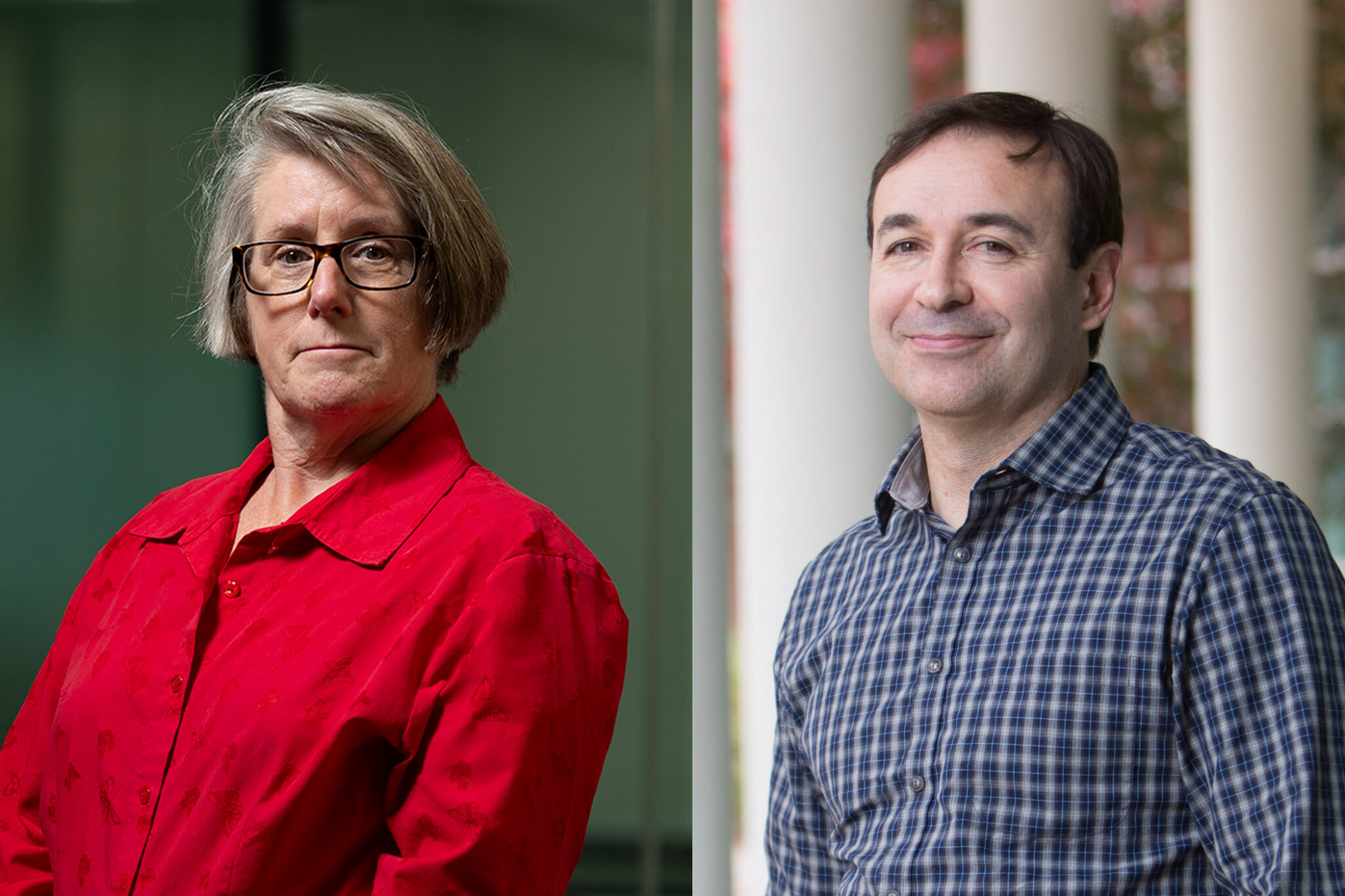By Brad Haire
University of Georgia
"The Amerindians are economically disadvantaged in an already poor country," said Bob Kemerait, a plant pathologist with the UGA College of Agricultural and Environmental Sciences. "Peanuts provide a staple food source for their villages and can give them a much-needed source of cash income."
Kemerait and other CAES scientists are teaching the Amerindians how to use fertilizers and other farm management tools to grow peanuts in an environmentally friendly way.
They're also showing them how to store the peanuts and avoid the development of aflatoxin, a group of potentially deadly toxins produced by fungi.
A $350,000 U.S. Agency for International Development grant funds the project, which started three years ago and will continue for at least two more. It's coordinated through the UGA Peanut Collaborative Research Support Program, in cooperation with the Beacon Foundation in Guyana.
Kemerait and UGA Extension Service soil scientist Glen Harris, engineer Jay Williams and entomologist Steve Brown have all made several trips to Guyana, as have plant pathology researcher Dave Wilson and department head John Sherwood.
Remote peanuts
Guyana is in northern South America. It's about 1.4 times the size of Georgia. About 770,000 people live there. Amerindians make up 7 percent of the population.The Amerindians live in the Rupununi region in southern Guyana, known for its vast savannah. To grow peanuts, they cut and burn the surrounding forest. The ashes from the burn fertilize the ground. The scientists are showing them a better way to farm.
Many farm chemicals and fertilizers aren't easily available to the Amerindians' remote villages. "But some of them are starting to seek out these common farm tools because they understand the benefit of using them," Kemerait said.
Amerindians, he said, have grown peanuts for more than 50 years. They transport their peanuts north to sell in Georgetown, Guyana's capital, which is on the Atlantic Ocean. Roads are scarce and in poor condition. Transportation is slow. Perishable crops like vegetables spoil before they can reach the Georgetown markets.
The Amerindians have learned to be businessmen, too, and to think about supply and demand. They are now selling peanut butter made with their peanuts to a school lunch program.
Good variety
The scientists are conducting field tests in the region. What they learn can help the Amerindians farm better, Kemerait said. But it can also help farmers back home.Disease-resistant peanut varieties that may help Georgia farmers can be found in Guyana and other South American countries, he said. Scientists call the variety the Amerindians grow the Guyana Jumbo. It has strong resistance to diseases like peanut leaf spot and rust that cause problems for Georgia growers.
The Amerindians will never produce enough peanuts to compete with American farmers, Kemerait said. Guyana imports U.S.-grown peanuts.
"Our work will hopefully allow them to improve their lot in life," Kemerait said.
The Amerindians of Guyana have a lot of land and water at their disposal to grow a crop like peanuts, he said.
The Makushi and Wapishana tribes the UGA team have worked with live in simple mud homes with no running water or electricity, he said. They're a shy, quiet people. Men, women and children work in the fields. A large farm would be 5 acres.
To plant a field, the Amerindians drag a hoe, or a board that has many hoes fixed to it, across the ground to make rows. They plant seeds and cover them with dirt by hand. They dig peanuts from the ground with a pitch fork and dry them in the field. Then they pick and shell them by hand and store them in sacks.






